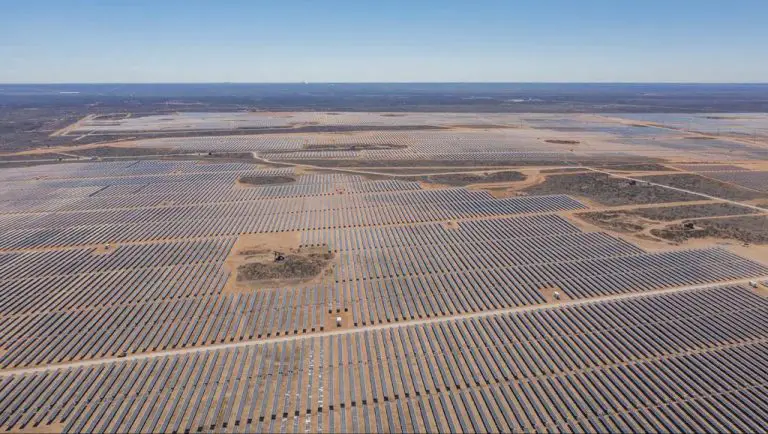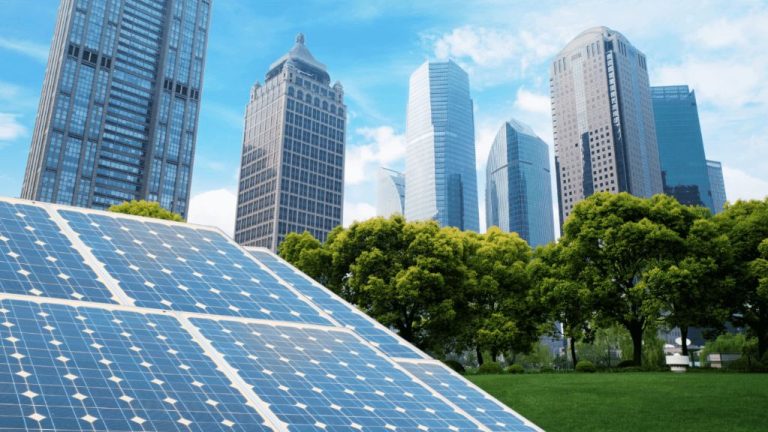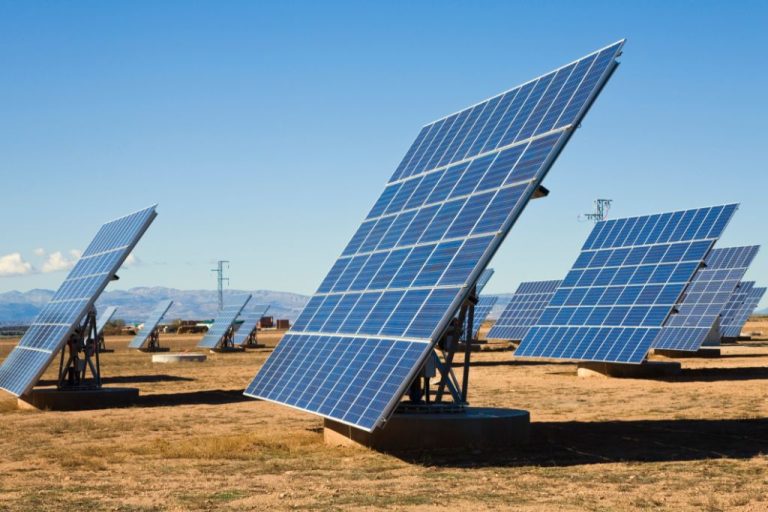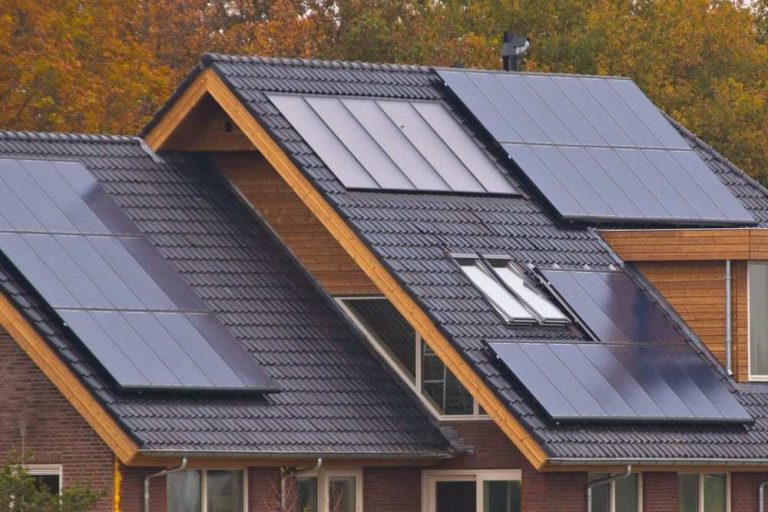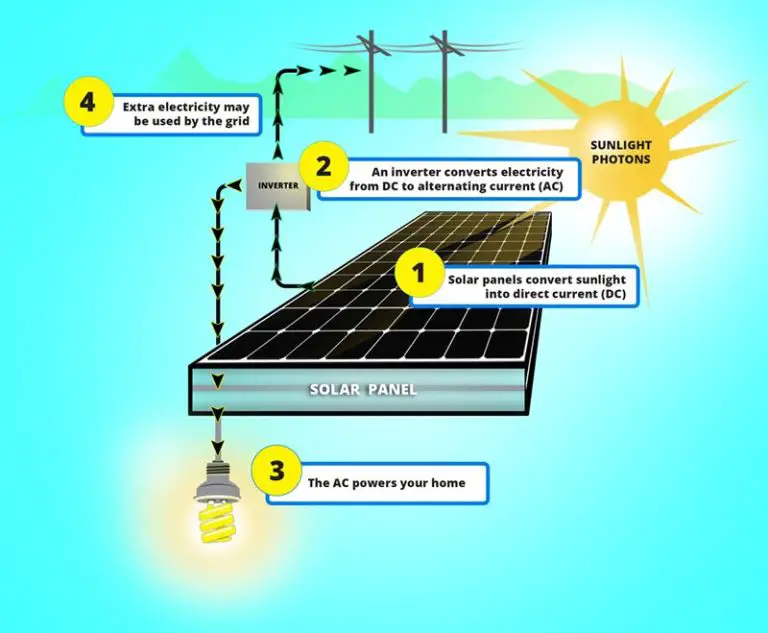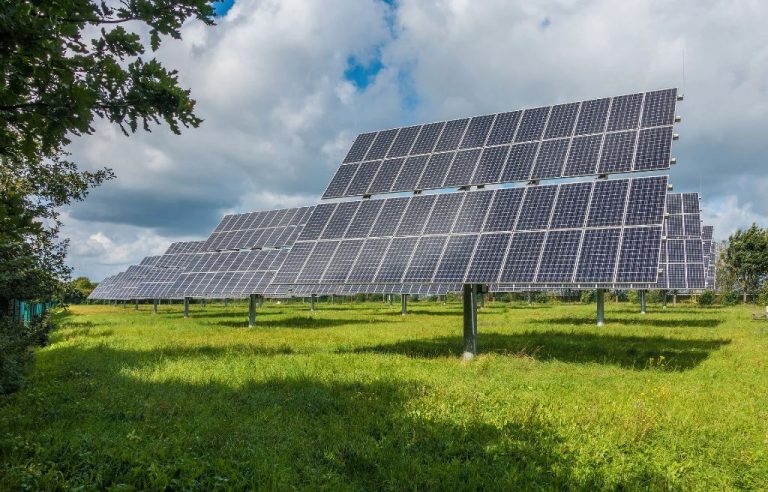How Much Does It Cost To Produce 1 Kw Of Solar Energy?
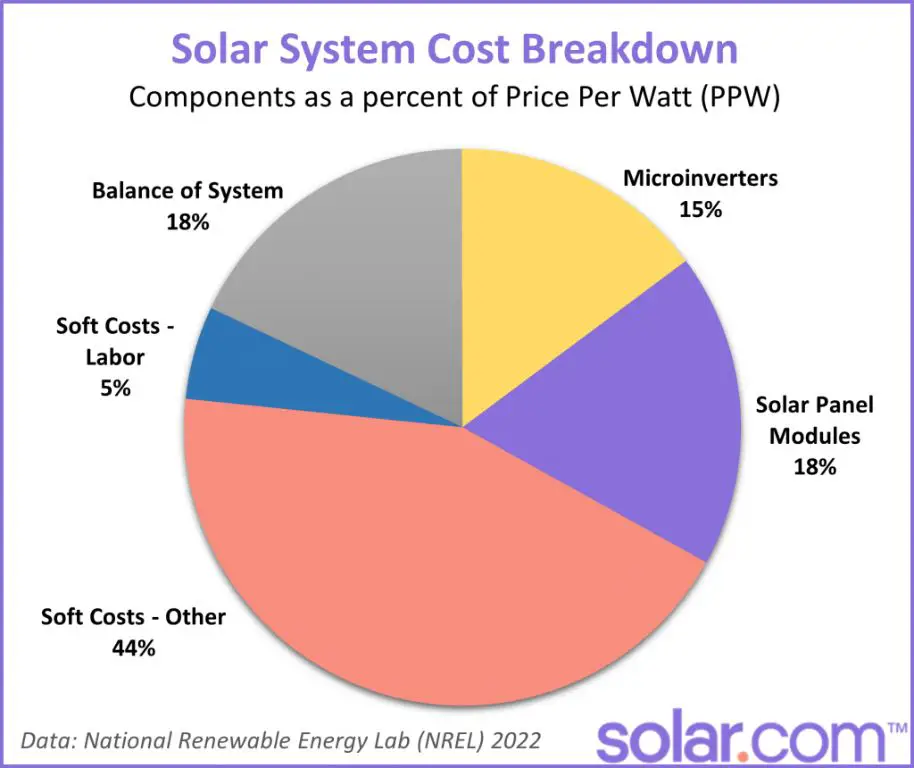
Solar energy is radiant light and heat from the sun that is harnessed and converted into electricity using solar photovoltaic panels. Knowing the cost to produce 1 kilowatt (kW) of solar energy is important because it allows consumers and businesses to evaluate the return on investment and payback period when deciding whether to install solar panels. Comparing the cost per kW of solar to other energy sources like coal, natural gas, etc. also helps determine if solar is a cost-effective and sustainable energy solution.
Solar Panel Costs
The cost of purchasing solar panels typically ranges from $0.80 to $1.80 per watt, with an average cost around $1.00 to $1.50 per watt according to research from Forbes and Architectural Digest. The price per watt depends on several key factors:
– Solar panel type – Monocrystalline panels are more expensive ($1.00-$1.50/watt) than polycrystalline ($0.80-$1.20/watt) or thin-film panels ($0.50-$1.00/watt). Monocrystalline is the most efficient though.
– Size of the system – Larger systems benefit from economies of scale and have a lower price per watt.
– Manufacturer and model – Major brands like SunPower or LG charge a premium compared to lesser known brands.
– Purchase location – Buying solar panels locally can have higher costs than online retailers.
– Bulk discounts – Ordering many panels at once reduces the per unit price.
– Age of panels – Brand new models cost more than previous years’ versions.
Inverter Costs
Inverters play a crucial role in solar systems by converting the direct current (DC) generated by solar panels into alternating current (AC) that can be used to power homes and feed into the grid. Inverters allow solar panel systems to integrate with the existing electrical infrastructure. According to MarketWatch, most string inverters cost between $1,000 to $2,000 on average, depending on the size and capacity required. Going with microinverters over string inverters can add around $1,000 or more to the costs. Solar Harmonics states that inverters for an average-sized residential solar installation typically range from $1,000 to $1,500. Larger commercial installations require more expensive inverters over $2,000. So inverters comprise a significant portion of the expense for solar panel systems. However, they are a necessary component for converting DC solar electricity into usable AC power.
Installation Costs
The cost of installing solar panels is a significant factor in the overall price per kW. Installation involves labor for mounting, wiring, and connecting the solar array. According to the EnergySage Solar Marketplace, the average cost of solar installation is $2-$5 per watt depending on system size and location (Source). This means a 6 kW system could cost $12,000-$30,000 for installation alone.
Permitting and inspection fees from the local jurisdiction also add to installation costs. These fees are typically $200-$1000 depending on the region.
Ground-mounted systems require more labor for site preparation and trenching for electrical connections. The concrete foundation and structural mounting increase hardware costs as well. Rooftop installations are simpler with attachment directly to the roof structure, but may incur additional costs for roof penetration sealing.
Operation and Maintenance
The ongoing operation and maintenance costs are an important factor when considering the overall expense of solar energy production. Routine maintenance is necessary to keep solar panels operating efficiently. Typical maintenance costs range from $150 to $330 per year for residential systems, with commercial systems costing more (Source 1).
Maintenance activities include inspecting the panels and connections for damage, cleaning dust and dirt off the panels, checking for shading issues from trees or buildings, and testing the inverter and other components. Solar panels may need to be washed a few times per year, costing $150-250 each time for a typical residential system (Source 2).
Repairs may be needed over the system lifetime as well. The average cost of repairs is estimated at $31 per kW per year (Source 3). Inverter replacement, the most common major repair, costs $850 on average for a 5 kW residential system. Insurance can also add $100-200 per year to cover damage from weather or accidents.
Proper maintenance helps solar panels achieve their expected 25-30 year lifespan. Keeping panels clean, checking connections, and making timely repairs reduces lost energy production and maximizes the return on a solar investment.
Land or Rooftop Rental
If installing solar panels on a rented building or land, there will likely be additional fees for renting the roof space or land area. Landlords typically charge $100-300 per month to lease out roof space for solar panels, though the exact rate depends on factors like location, system size, and preexisting lease terms (source). For large commercial systems, rooftop rental fees often range from $100-500 per kW of installed capacity (source). Land rental fees for ground-mounted systems can be $200-500 per acre in rural areas or up to $1000+ near cities (source). When budgeting for a rooftop solar installation, it’s important to account for these additional rental costs if leasing roof space or land.
Financing Costs
Financing options are available to help homeowners cover the upfront costs of installing solar panels. Many homeowners choose to take out a solar loan rather than paying cash upfront. The interest paid on a solar loan will impact the overall cost per kWh of solar energy.
According to Energysage, the average interest rate on a solar loan is around 6-8% for a 10-15 year term [1]. With a 6% interest rate on a 10 year $15,000 solar loan, a homeowner would end up paying around $3,600 in interest over the lifetime of the loan [2]. This financing cost would need to be factored into the overall cost per kWh.
The impact of solar tax credits can help reduce the amount that needs to be financed. There is a 26% federal solar tax credit available until 2023, which can drastically cut the upfront costs. With the tax credit, less money needs to be borrowed, reducing the overall interest paid on a solar loan.
Net Metering Savings
Net metering programs allow homeowners with solar panels to get credit for any excess electricity they generate and send back to the grid. This helps offset the cost of electricity drawn from the grid when solar panels aren’t producing enough, such as at night.
With net metering, utilities give solar homeowners credit at the full retail rate for any surplus solar electricity fed back into the grid. So if the retail rate is 15¢/kWh and you send 300 kWh of excess solar generation back to the grid, you would receive a credit worth $45 on your next bill (source). This ensures solar homeowners are fairly compensated for their clean power.
The value and availability of net metering varies by state and utility. Some utilities credit excess solar generation at less than the full retail rate or impose fees and limits. Overall, net metering provides significant savings by allowing solar owners to maximize the value of their system’s production.
Final Cost Per kWh
To calculate the total cost per kW, we need to add up the costs from each component:
- Solar panel costs: $0.75/W
- Inverter costs: $0.25/W
- Installation costs: $1.00/W
- O&M costs: $0.02/kWh
- Land rental costs: $0.005/kWh
- Financing costs: $0.04/kWh
That comes out to around $2.00/W for capital costs. Assuming a capacity factor of 20% and a system lifetime of 25 years, the levelized cost is around $0.10/kWh.
Adding in the O&M, land rental, and financing costs, the total levelized cost is around $0.165/kWh. Compared to the average utility electricity rate of $0.13/kWh in the US, solar is now cost-competitive in many regions.
With continued cost declines in solar panels and batteries, the LCOE of solar is expected to become even more affordable over time.
Conclusion
In summary, the cost to produce 1 kW of solar energy can range considerably based on the size of the system, type of panels and inverters, location, available rebates and incentives, financing terms, net metering policies, and other variables. However, a typical range for residential systems in 2022 is $2,500 – $3,500 per kW before incentives. With the federal tax credit and additional state/local rebates, the net cost can drop to $1,500 – $2,500 per kW.
For a 5 kW system, which is common for homes, the gross cost would be $12,500 to $17,500. After rebates and tax credits, the net cost drops to $7,500 – $12,500. At $0.12 – $0.15 per kWh for electricity from the grid, the system would pay for itself in 7-12 years.
The most important variables that impact the cost per kW are the equipment costs, available incentives, financing terms, and cost of grid electricity. Panel and inverter technology is improving while costs are declining, making solar more affordable. Policy incentives can reduce upfront costs by thousands. And with electricity rates rising, the long-term savings become greater.

